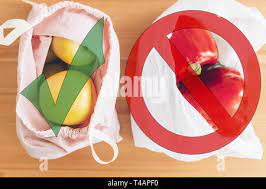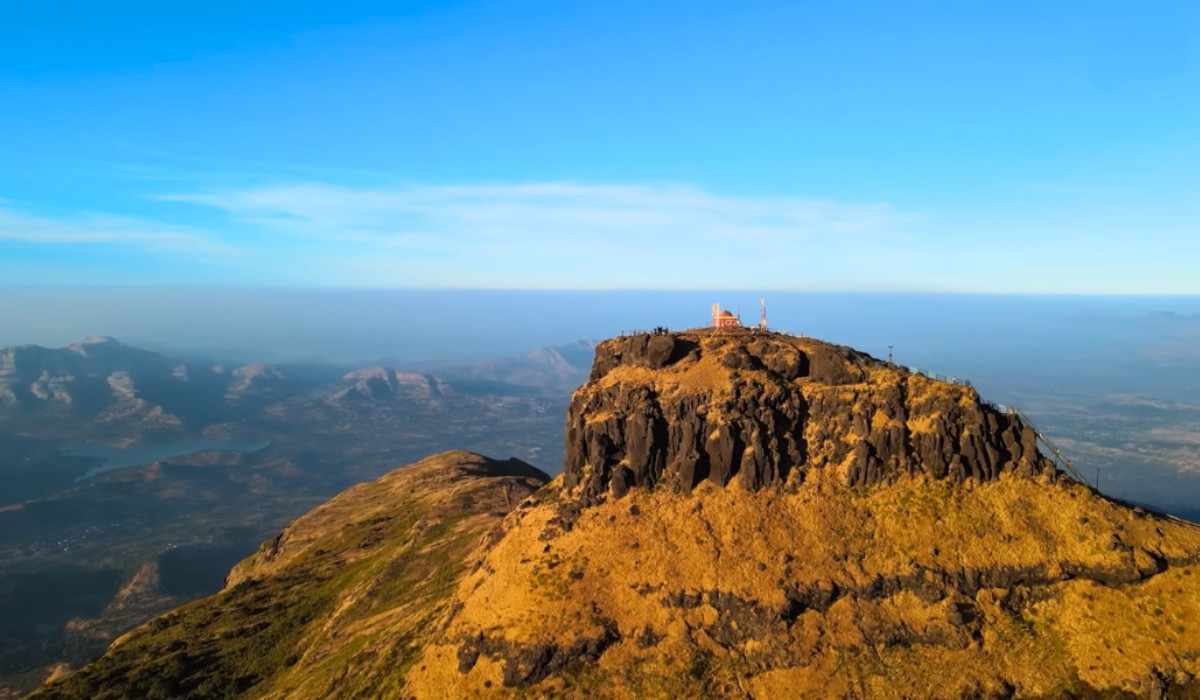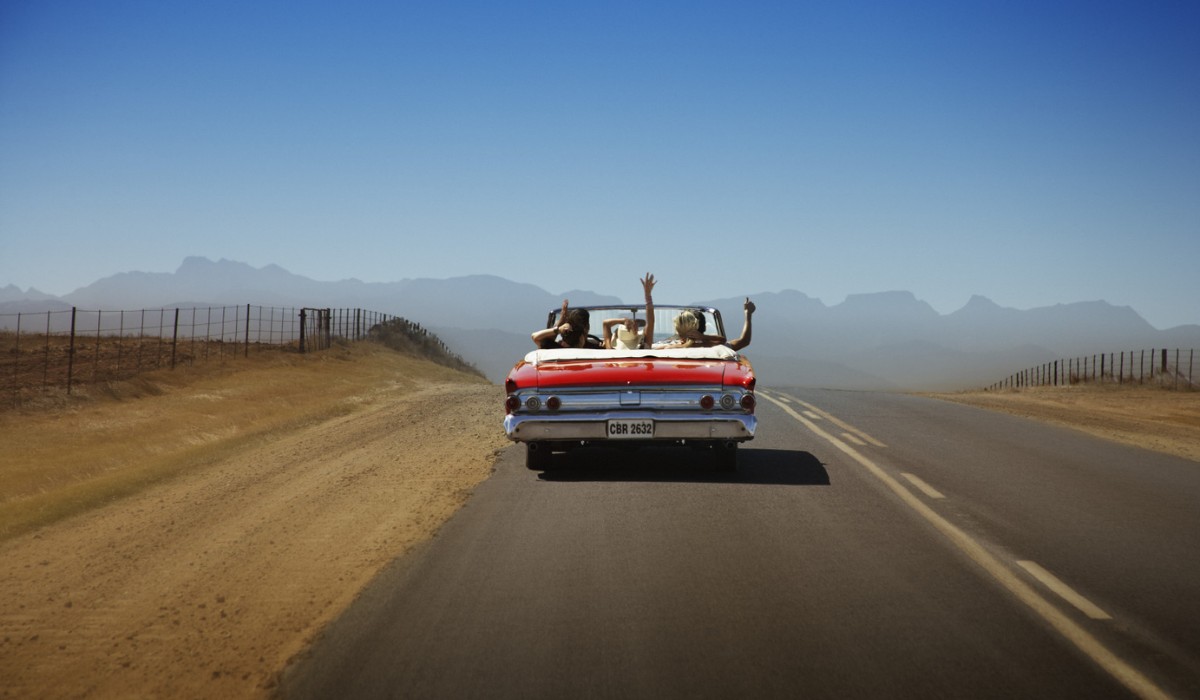things you can do to protect the nature
Nature is vital to our existence.
It provides the air we breathe, the water we drink and the food we eat as well as other essential resources we need to survive. Being out in nature also has important benefits for our mental health and well-being. Nature protects us. But what can be done to protect nature?
We know that large-scale action is needed to address the threats facing the natural world, including soil degradation, pollution, deforestation, and species extinction. But it’s easy to underestimate the value of our own individual voice and actions. Your voice can go a long way in raising the profile of these issues. Your actions can have an important impact on the health and quality of natural spaces in your local area.
1. Consume less.

Curbing consumption can have a huge impact on the environment. The three “R’s”—reduce, reuse and recycle— get a lot of attention, but the planet could benefit from some focus on the most important and most underrepresented “R”: refuse.
2. Compost.
Another “R” that doesn’t get much attention but has important environmental implications is “rot.” As in, let your food and yard waste rot naturally in the soil instead of sending it to the landfill. In other words: compost.
3. Choose reusable over single-use.

Think about how many people you see each day drinking beverages from disposable cups or disposable bottles, sipping from disposable straws, carrying disposable grocery bags, eating from disposable plates or containers and using disposable utensils. All that single-use plastic has to go somewhere, and it’s had a devastating effect on our soil, oceans and marine life.
4. Upcycle more.
Get creative with your useless or unwanted items by upcycling—basically, turning trash into treasure. Creating something new such as artwork. Toys or jewelry is both satisfying and one of the best ways to protect the environment. Not only does it keep items out of the trash, it can prevent having to purchase new items, which require lots of resources to produce. Children love making things; so instead of heading to the craft store, check out your recycle bin first and let their imaginations soar!
5.Choose more locally-grown foods when in season.

If you can’t grow your own or get involved with community gardening. Your neighbourhood market can be a great source of local produce.
Where possible, look for foods with labels such as the Marine Stewardship Council, Soil Association Organic, and the Roundtable on Sustainable Palm Oil. Sustainability certifications are one way to ensure that your foods were produced or sourced in a nature-friendly way.











